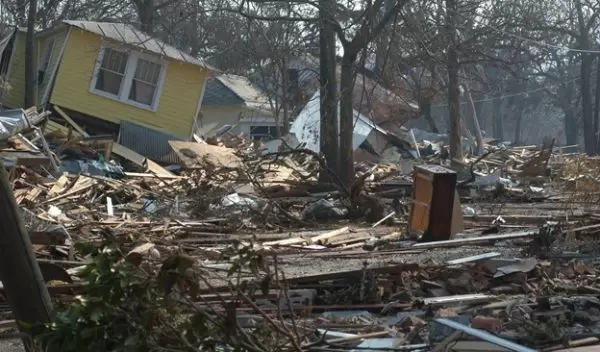
Extreme weather research shows household income impacts of Hurricane Katrina and Superstorm Sandy
A new analysis of the economic impacts of Hurricane Katrina and Superstorm Sandy could help improve climate resilience planning for cities anticipating severe weather events.
While many studies have examined the storms' economic impacts through loss of business revenue, Illinois Institute of Technology social scientist Yuri Mansury and his colleagues focused on households' income and properties by looking at which populations saw the most economic harm from the storms and why. The research was published in Applied Geography and funded by the U.S. National Science Foundation.
The lowest-income households in New Orleans, which were also predominantly African-American, suffered the most as a result of Hurricane Katrina. Many of these households were dependent on employment in the mining industry or on capital earnings -- income received from owning mom-and-pop shops or owning property as landlords. Households earning less than $10,000 annually lost nearly 35% of their income and those earning between $10,000 and $15,000 lost nearly 12% of their income.
In New York, it was downtown Manhattan and the highest-income households in the state that suffered the most from Superstorm Sandy. Those households relied on labor income, worker's compensation and salaries, and most were employed in the financial sector. Households earning more than $150,000 annually had an income loss of about 5.8%. Capital income was a secondary source for some of the highest-earning households.
Mansury says these types of studies have important implications for economic development and climate resilience planning in cities, noting that about 60% of Americans now live in coastal cities. "The relocation trend of Americans to coastal cities is contributing to that, and for households at the bottom of the distribution, they're more exposed," says Mansury.
The researchers used geographic information systems to examine patterns of economic activity that existed in New Orleans and New York in areas that ended up underwater following the storms. Using these maps along with United States census data in a computational model, the researchers examined the earnings of households employed by businesses affected by the storms.
Mansury and his colleagues hope to understand how to mitigate future economic losses caused by extreme weather, especially among lower-income households.


